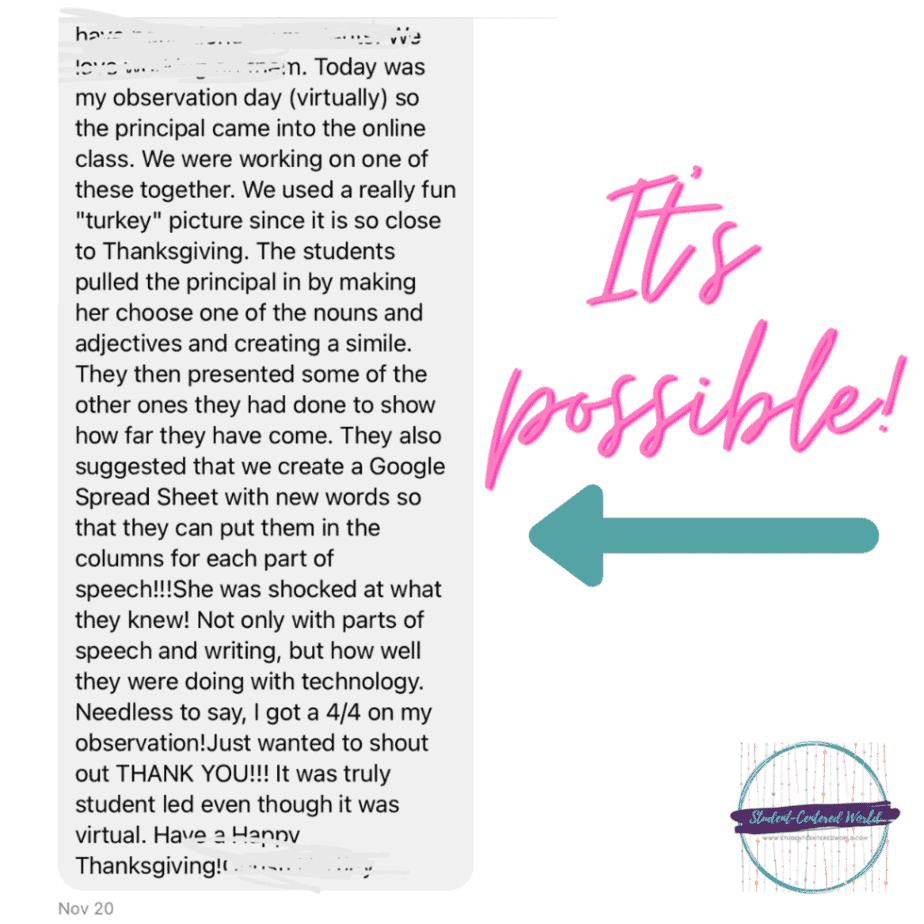ADEPT Observation Success in the 21st-Century Classroom
The Expanded ADEPT Support and Evaluation System is used in South Carolina for teacher observation and evaluations. ADEPT Observations are conducted by principals, instructional coaches, or other trained evaluators.
Teachers are rated in each of five performance categories on a scale of 1 to 4. The evaluation system was designed with the belief that teachers possess different strengths and abilities that can be identified through observation.
This self-evaluation document will allow you to rate your effectiveness in each of the five areas. This is meant to be a point of reflection to consider how teaching affects student learning and growth. These ratings should not be considered a measure of an educator’s worth as a teacher; rather, they are designed to help evaluate strengths and pinpoint areas for development.
These evaluations are designed to reflect current teaching practices, understanding of subject matter content/academic standards, and knowledge of student development, learning styles, and individual interests. The ADEPT observation model was developed to provide educators with an opportunity for self-reflection and professional growth.
The Purpose of the ADEPT Observation 4 Categories of Evaluation
The ADEPT observation model was developed to provide educators with an opportunity for self-reflection and professional growth.
Modeled after the Balanced Assessment Task (BAT), it is a process that uses multiple sources of information, including student work samples. The BAT was created by Drs. Robert J. Marzano, Debra Pickering, and Jane Pollock to provide educators with multiple measures of student learning, including standard-based tasks and evidence of student growth.
The purpose of the four performance categories is to provide a comprehensive picture of an educator’s performance and effectiveness. Three of these categories provide a broad look at an educator’s work.
The fourth category provides specific information for instructional support, professional development, and mentoring opportunities.
It is important to consider all observations when determining performance levels because students learn at different rates, and curricula and instruction can be assessed based on different academic standards. The student work in the categories below represents only a sample of what is taught in your classroom and might not represent all students’ abilities within a specific category.
1) Planning / Organizing: Ability to identify, analyze, synthesize, select, and apply content from the appropriate curriculum, course materials, research, and other sources to meet learning objectives.
2) Implementing / Delivering: Ability to read or hear instructional material, ideas, concepts, or facts presented by others in ways that are clear and appropriate for the intended learner with accuracy and understanding.
3) Evaluating / Measuring Student Learning: Ability to assess student work samples accurately.
4) Using Resources / Collaborating: Ability to access, visualize, evaluate, and apply appropriate resources to meet learning objectives.
Getting Help with Your ADEPT Observation
If your school follows ADEPT for observations, you are in luck. Helping teachers rock in the classroom is my forte.

This article was originally published on April 16, 2021





